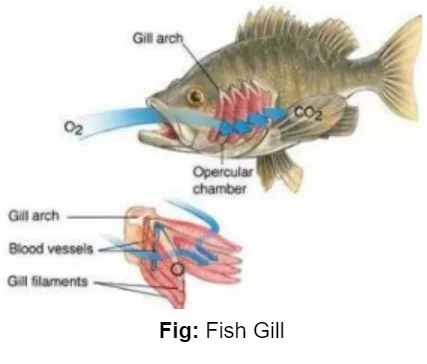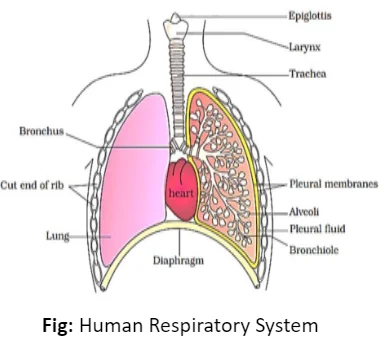![]() June 4, 2024
June 4, 2024
![]() 2786
2786
![]() 0
0
The respiratory system is responsible for the exchange of oxygen and carbon dioxide in the body, a process vital for sustaining life. It consists of various organs and structures, each playing a unique role in this essential function. From lower invertebrates to vertebrates like humans, organisms have evolved diverse mechanisms to facilitate respiration according to their habitats and needs.


3. Mechanism of Breathing
| Oxidative stress is used to describe the condition of oxidative damage resulting when the critical balance between free radical generation and antioxidant defences is unfavourable. Antioxidants prevent free radical induced tissue damage by preventing the formation of radicals, scavenging them, or by promoting their decomposition. [UPSC 2011] |
| Must Read | |
| Current Affairs | Editorial Analysis |
| Upsc Notes | Upsc Blogs |
| NCERT Notes | Free Main Answer Writing |
Conclusion
<div class="new-fform">
</div>

Latest Comments